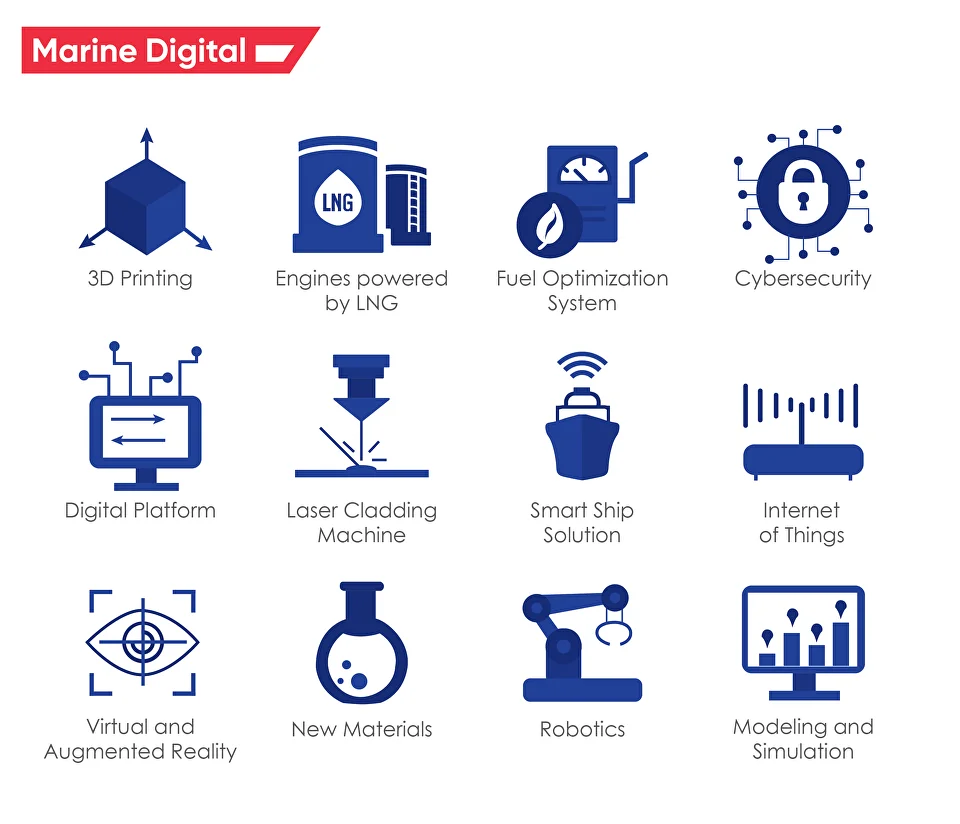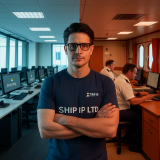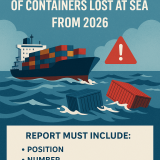Uncrewed surface vessels (USVs) have immense potential in the offshore wind industry and will provide important cost reductions and sustainability enhancements
Their widespread adoption is a question of ‘when, not if,’ presenters and delegates agreed during the webinar, Uncrewed surface vessels: taking the human element – and cost and emissions – out of the loop. A poll conducted during the webinar suggested that many potential clients for USVs are considering contracting for them in the next 12 months, with others expecting to begin using them in 12-24 months.
The fourth event in Riviera’s Offshore Wind Webinar Week took place on 5 November 2020, with a panel including industry leaders in the uncrewed vessel space. These included: DNV GL segment director – special ships Arnstein Eknes; Fugro IRM business development manager Dan Jones; Ocean Infinity senior business development manager Michael King; and Sonardyne International global business manager, marine robotics, Ioseba Tena.
As highlighted on a number of occasions by OWJ, USVs have many potential advantages in the offshore wind and offshore oil and gas industries. Several USVs are due to enter service by the end of 2020 or early in 2021 and have already been extensively tested at sea.
Able to conduct surveys, they can also deploy remotely operated vehicles (ROVs) and autonomous underwater vehicles (AUVs), reducing costs significantly and helping to decarbonise vessel operations.
Mr Eknes told delegates that the small size of USVs compared to manned vessels would make data collection using them significantly less expensive. Mr King told delegates that USVs can be used at all stages of the development, construction and operation of an offshore windfarm. He explained that compared with a 65-70-m manned survey vessel, USVs of the type the company has developed could provide a 90% reduction in emissions.
Mr Tena said automation and unmanned operations is where many industries are headed. “USVs have really taken off,” he said, a fact confirmed by the poll of delegates highlighted above.
Another poll conducted during the event suggested that, in the longer term, many delegates also expect uncrewed vessels to play an important role in the floating wind market although, as Mr Jones noted, in that segment of the market there are some specific challenges to address. These include the presence of multiple mooring lines and challenges that might create when navigating USVs, and ROVs and AUVs deployed from them in a floating windfarm.
Although the market for USVs in offshore wind is opening up quickly, all of the industry experts involved in the webinar agreed that there are still important challenges to overcome. The most obvious is regulation of uncrewed vessels and their operation.
“From a client perspective, regulation is the thing we get asked about most,” said Mr King, noting that all of the companies presenting the webinar are involved in working groups with the International Marine Contractors Association, Maritime and Coastguard Agency in the UK and IMO.
Asked about qualifications for USV operators, who are likely to be based in remote operation centres far from an offshore operation, presenters agreed that qualified mariners would be essential initially. Asked about communications with USVs, Mr King and Mr Jones said satellite communications were sufficient for most applications.
Responding to a question from a delegate about USVs’ ability to undertake intervention operations – such as collecting samples from the seabed – Mr Jones agreed that USVs cannot yet complete all of the operations undertaken by a manned vessel, but agreed with Mr King that before long, USVs “will undertake great swathes of operations currently conducted by manned vessels.”
Source: rivieramm







